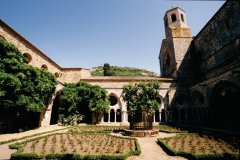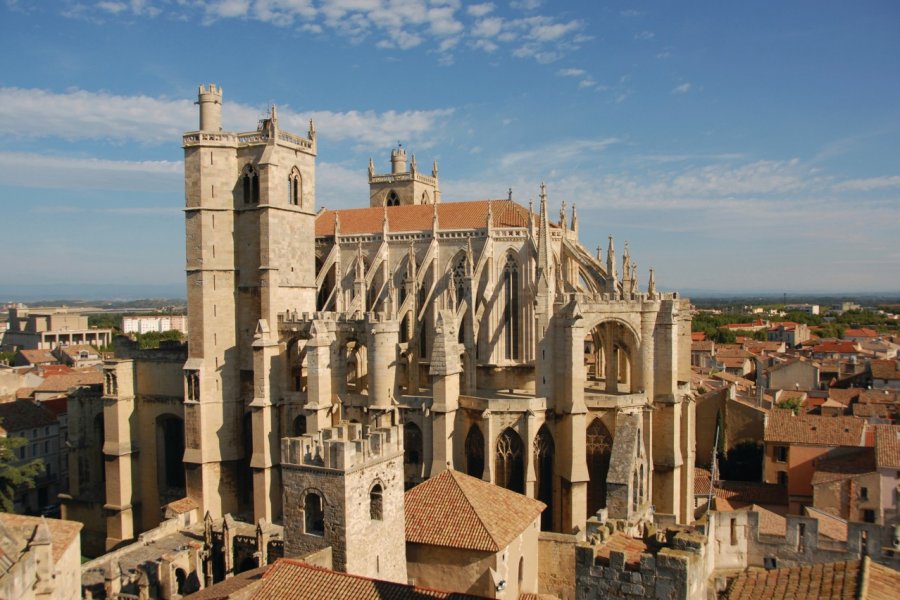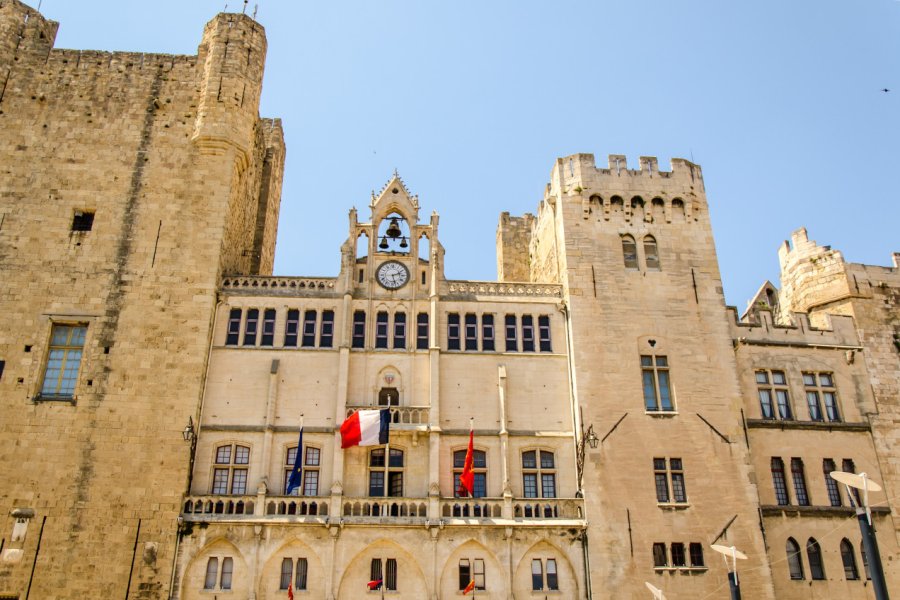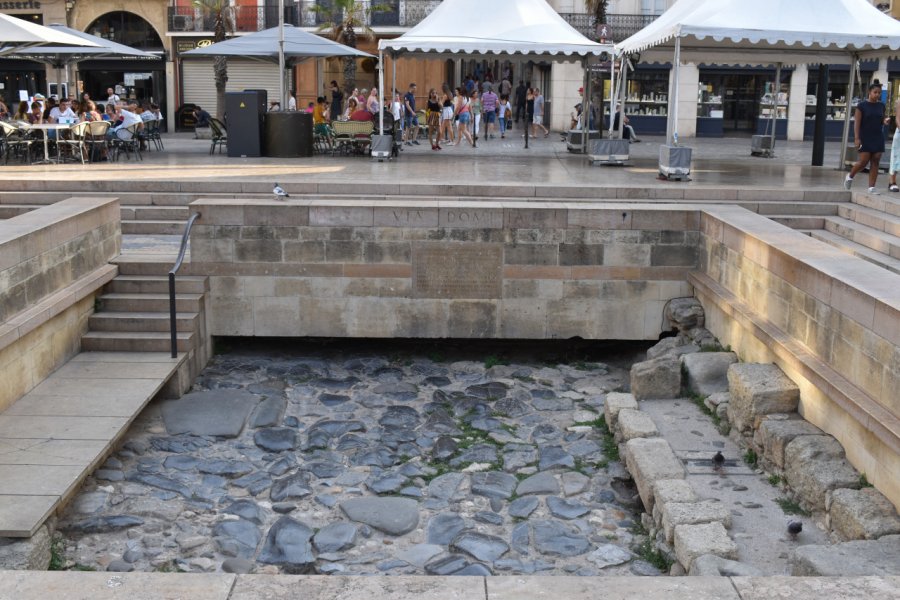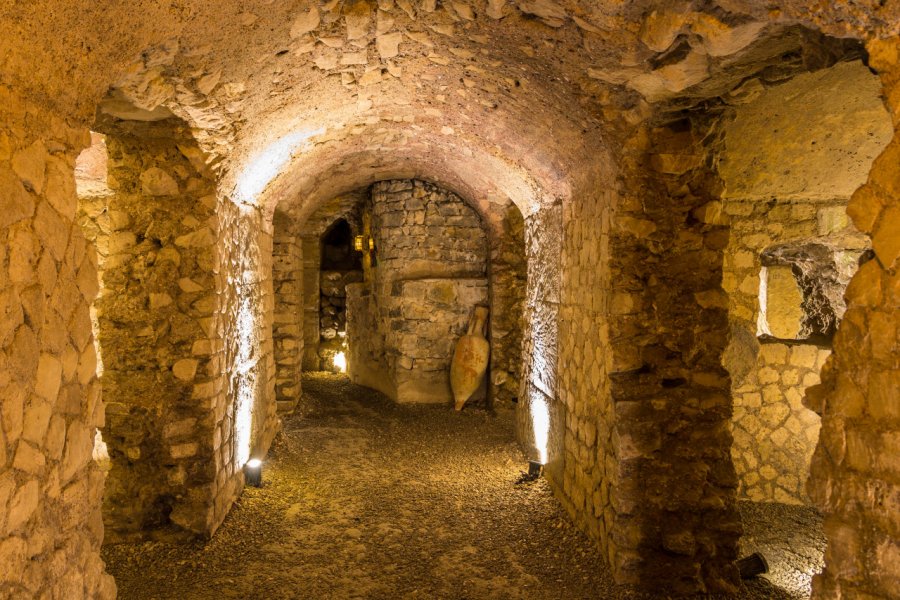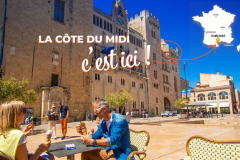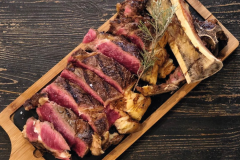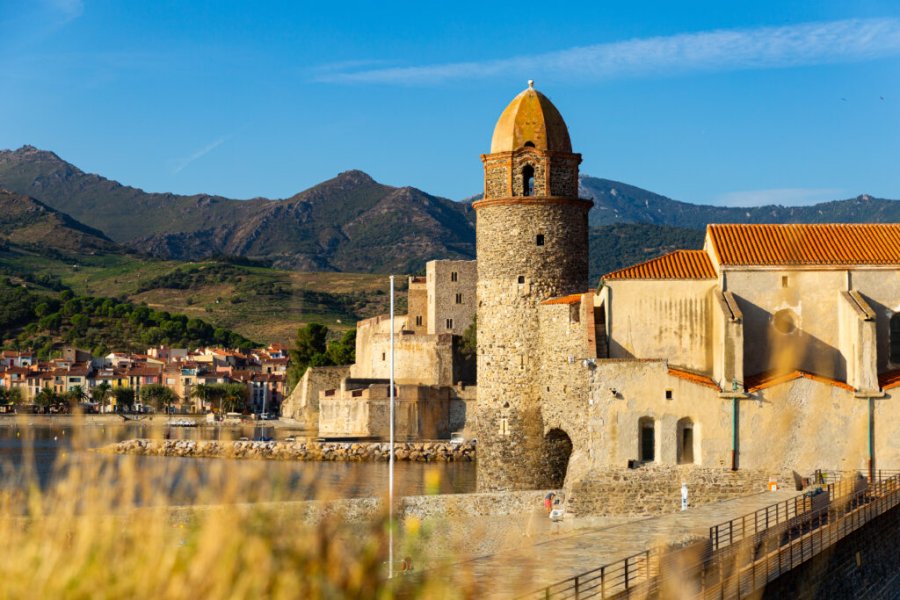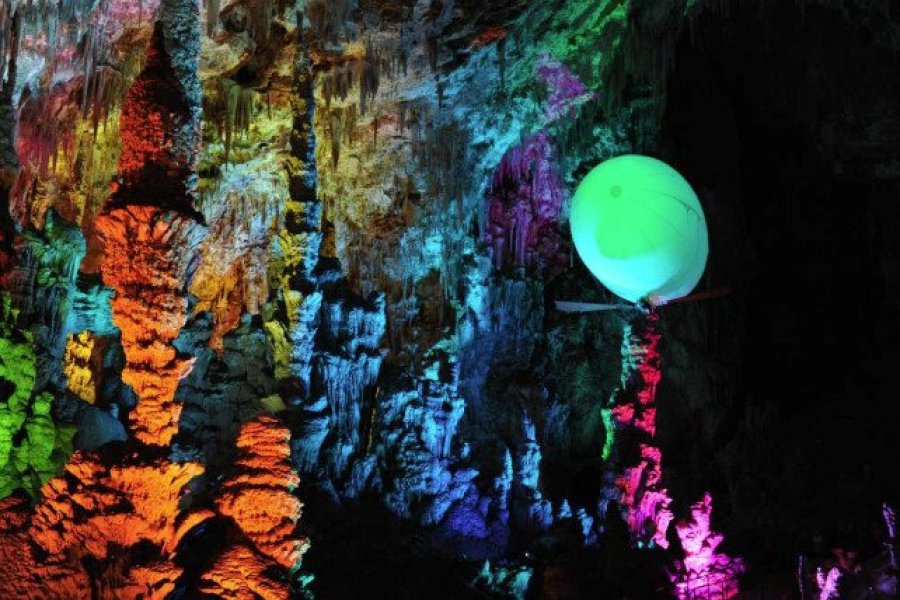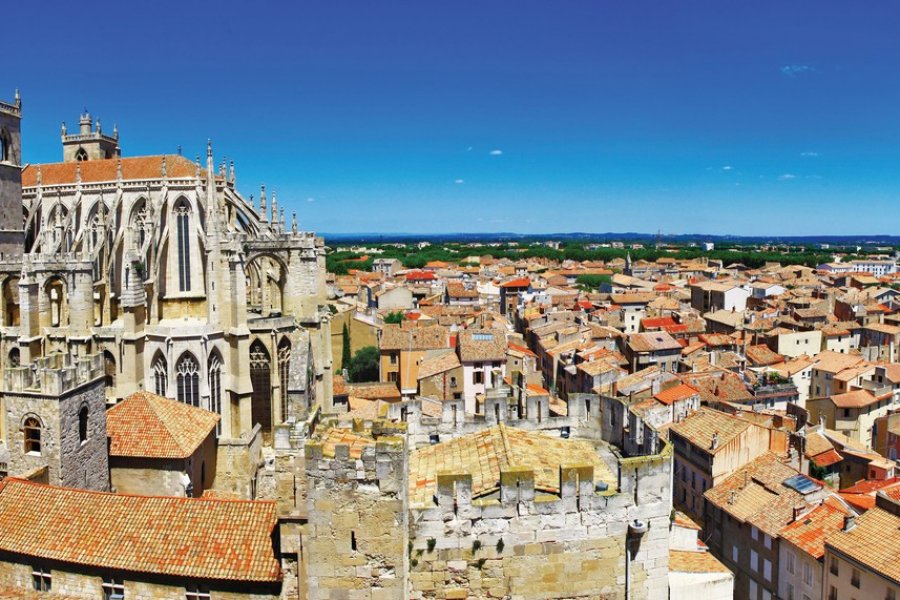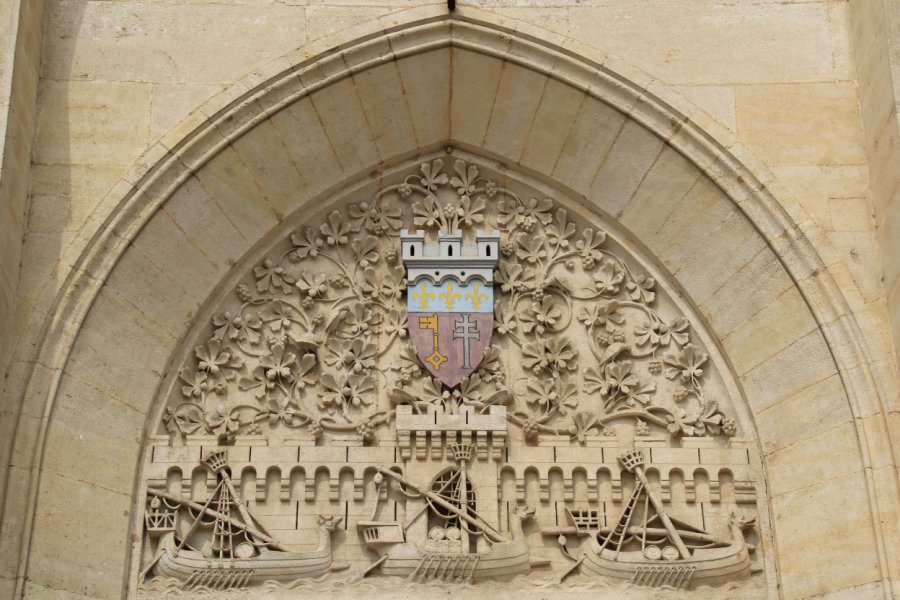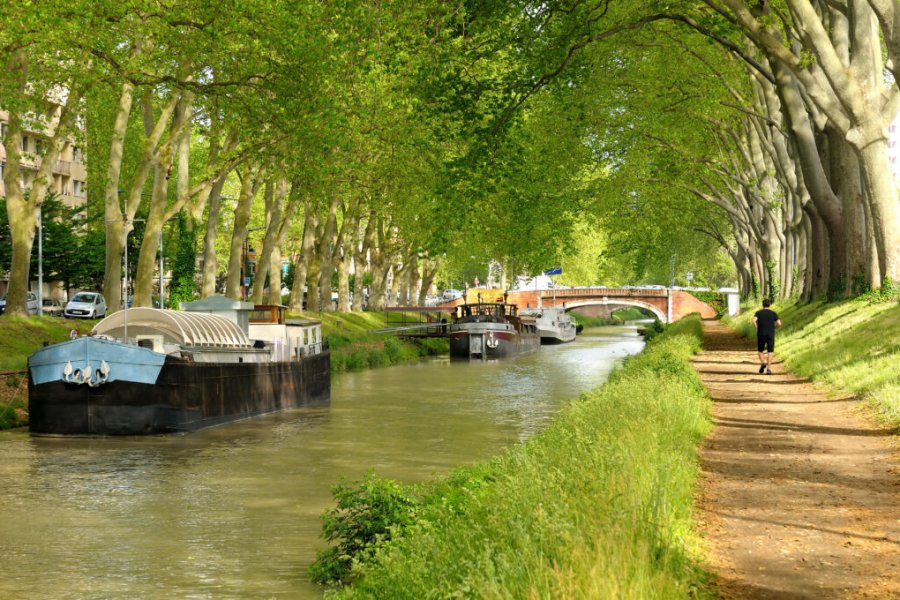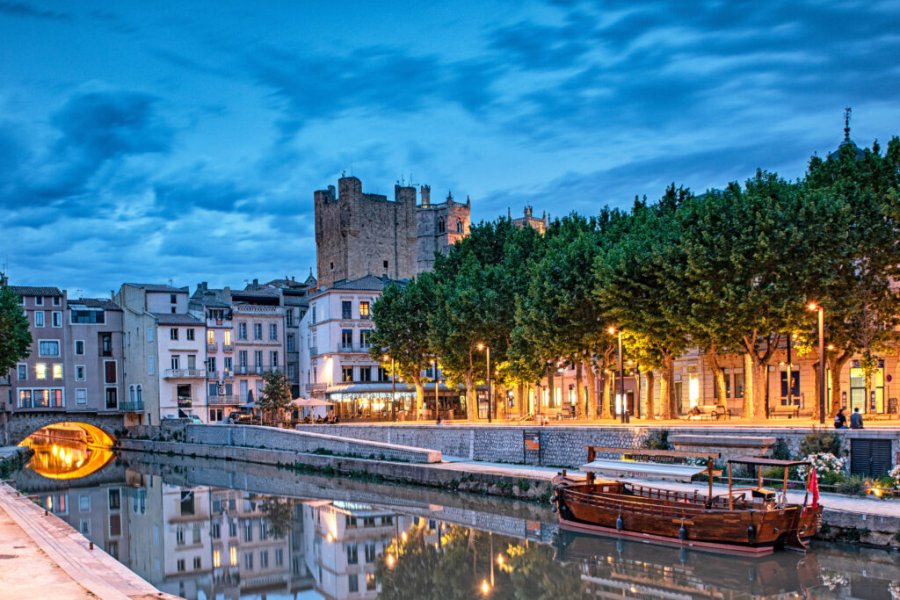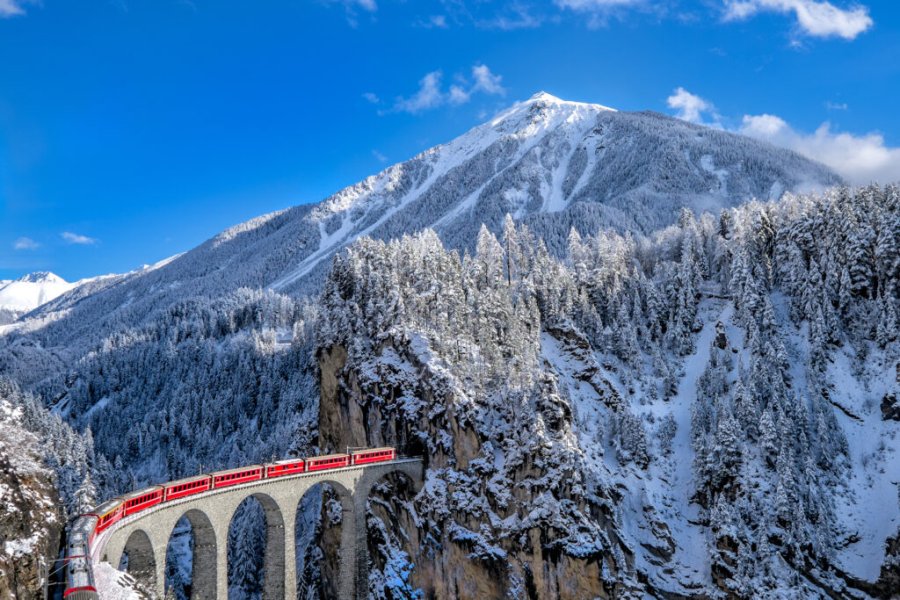Narbonne was formerly known as Narbo Martius. Founded in 118 B.C., this early and wealthy Roman colony preserves a fragment of the Via Domitia, visible right in the city center. The Narbo Via Museum, which opened in May 2021, offers a fascinating insight into the origins of the town. It holds a collection of 10,000 items, including wall paintings from the Clos de la Lombarde and funerary blocks.
The sub-prefecture of theAude department, in the Occitanie region , is part of a historical circuit that includes theRoman Horreum and Amphoralis in Sallèles-D'Aude. Yes, you're there! Narbonne is a major center of ancient history in the south of France. It was a strategic crossroads and a thriving trading center. It's known for its key role on the via Domitia and for exporting regional products such as wine and olive oil. Today, with its extensive vineyards and sunny climate, Narbonne invites you to discover its richness and gentle way of life, whatever the season.
A journey through time awaits you. Start by climbing the 170 steps of the Gilles Aycelin keep to admire spectacular views such as the Saint-Martial tower and the Gothic cathedral of Saint-Just and Saint-Pasteur. Continue in wonderment towards the Passage de l'Ancre, the Cour de la Madeleine, and the museums ofarchaeology and art and history housed in the Palais Vieux and Palais Neuf. Discover the UNESCO-listed Canal de la Robine, which runs through Narbonne to the Mediterranean. And the Canal de Jonction, which links Sallèles-d'Aude to the Canal du Midi, offers a unique cycling or boating experience!
Sallèles-d'Aude has been awarded the Vignobles & Découvertes" label. The town is also famous for its traditional market, the Baltard-style Halles de Narbonne, where visitors can sample local produce and discover the flavors of the region. The gastronomy and culinary traditions of southern France are exceptional!
Looking for green and calm? The Parc Naturel Régional de la Narbonnaise en Méditerranée boasts magnificent landscapes and an eclectic array of wildlife. Hikers can discover numerous trails between the garrigue and the sea. This natural park is not to be missed.
Narbonne is also an ideal starting point for discovering the surrounding vineyards and the region's renowned wines. Whether for its architectural heritage, its natural landscapes, its delicious cuisine or its exquisite wine, like the Pays des Coteaux de Narbonne, it's a destination not to be missed by any tour guide.
This city bears witness to history through remarkable medieval monuments such as the Abbey of Fontfroide, and unique sites such as the Pont des Marchands. Discover the Château Capitoul, where guided tours and wine tastings are organized.
Nearby, picturesque villages such as Gruissan, Bages and Sigean await globetrotters in search of authenticity and raw nature. Your Narbonne travel guide will reveal a variety of welcomingaccommodations and delectable restaurants . You'll also find the city's most beautiful sites not to be missed!

